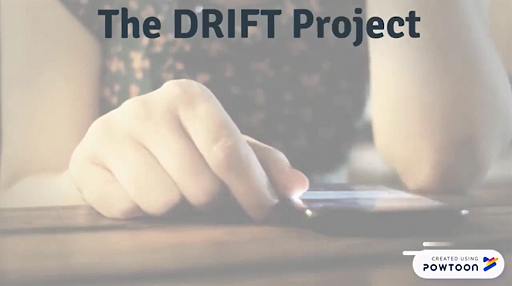4.1 Using technology in health and social care
You may well have experienced or used digital technology where you live or work; many people use smartphones, mobile apps and you will have been using the internet to access this OpenLearn course. Integrated and electronic patient records are becoming more and more popular and you have seen from the different activities in this course that people are broadening their use of digital technology.
The next activity provides some examples of digital technologies across different parts of the UK; you might have already heard about these, however, some might be completely new to you.
Activity 6 Map of technology of healthcare
Choose one of the UK nations, either the one you live in or one that interests you, and watch the associated video (and associated link if provided).
England

Transcript: Video 4 ChatHealth
Wales

Transcript: Video 5 Digital Communities Wales case study: Mental Health Matters
Scotland

Transcript: Video 6 ROAR VR
Additional resource: Virtual Reality over the Doorstep [Tip: hold Ctrl and click a link to open it in a new tab. (Hide tip)]
Northern Ireland

Transcript: Video 7 Northern Ireland Electronic Care Record (NIECR)
Additional resource: Northern Ireland Electronic Health Record
Part 2
Next, watch the following video.

Transcript: Video 8 DRIFT project
Please note: this video has no audio narration. The following transcript consists of the text that appears during the course of the video.
The DRIFT Project: Disseminating Research Information through Facebook and Twitter
Project Aim: To use social media platforms to engage, listen and inform parents and carers of children with ADHD about healthcare research; Explain how, why and in what circumstance people engage with Facebook and Twitter for this purpose; Explain what type information and media works, why and when to engage, listen and inform patients & the public about research.
It looked like this: [shows screenshot of a poorly laid-out website]
We shared information on Facebook & Twitter about... How do I know the research in the news is ‘credible’? Where do I get advice and support about ADHD? What are clinical guidelines and what do they mean for my child’s care?
We explained what different types of research means for patients
We shared websites, photos and videos to explain research and ADHD as a condition
We brought people together...
Who were they...?
1300 followers over 3 months!
84% women
59% 18-34 years old
30 countries
Now choose one of these case studies and write a short summary. In it, you should:
- summarise the technology used
- state a benefit of the technology used
- include a summary sentence that states why you chose this example and if you think it is a worthwhile use of technology.
Discussion
When you wrote your summary of the technology you should have been able to identify some of the benefits that it’s providing for people and/or organisations. These are likely to include improved communication, sharing information, improving quality of, access to and the experience of care, efficiency and cost saving.
An example post might look similar to the example below:
DRIFT: Disseminating Research Information using Facebook and Twitter
- This project used the social networks Facebook and Twitter to bring together parents and carers of children and young people with Attention Deficit Hyperactivity Disorder (ADHD). It provided information about research and quality standards on the topic of ADHD and helped patients and the public understand what the research was saying and whether it was of good quality.
- The use of online social networks like this brought together patients from around the world, the project provided useful information and support for parents and carers of children with ADHD.
- This was a useful project because it proved to be an efficient and cost-effective way of reaching a lot of people.
